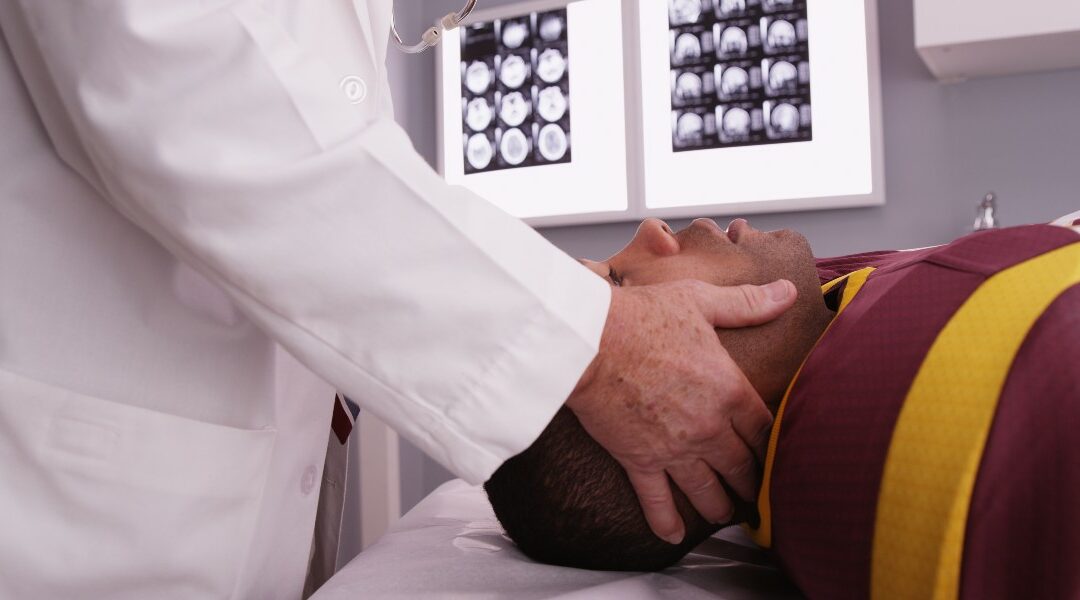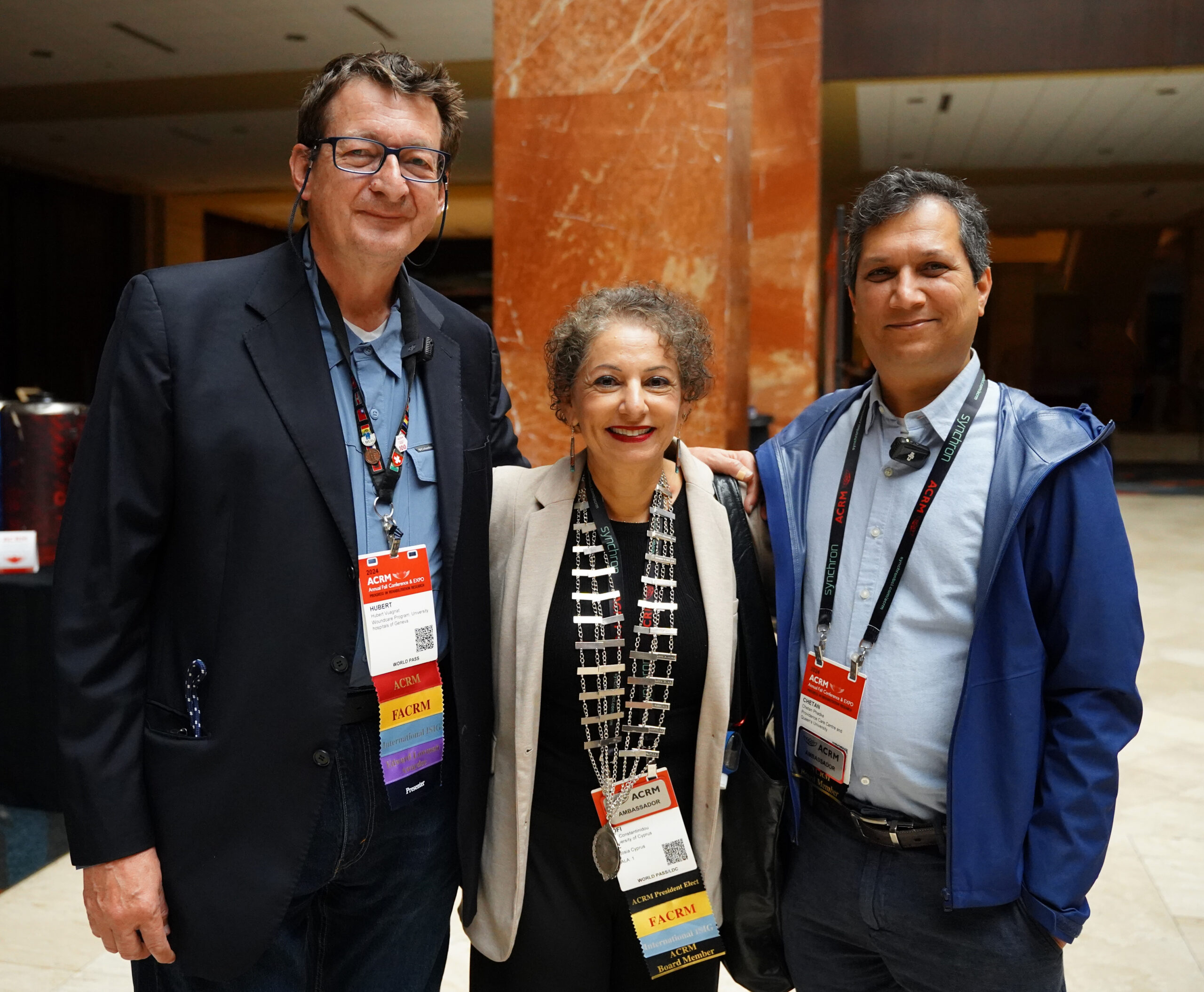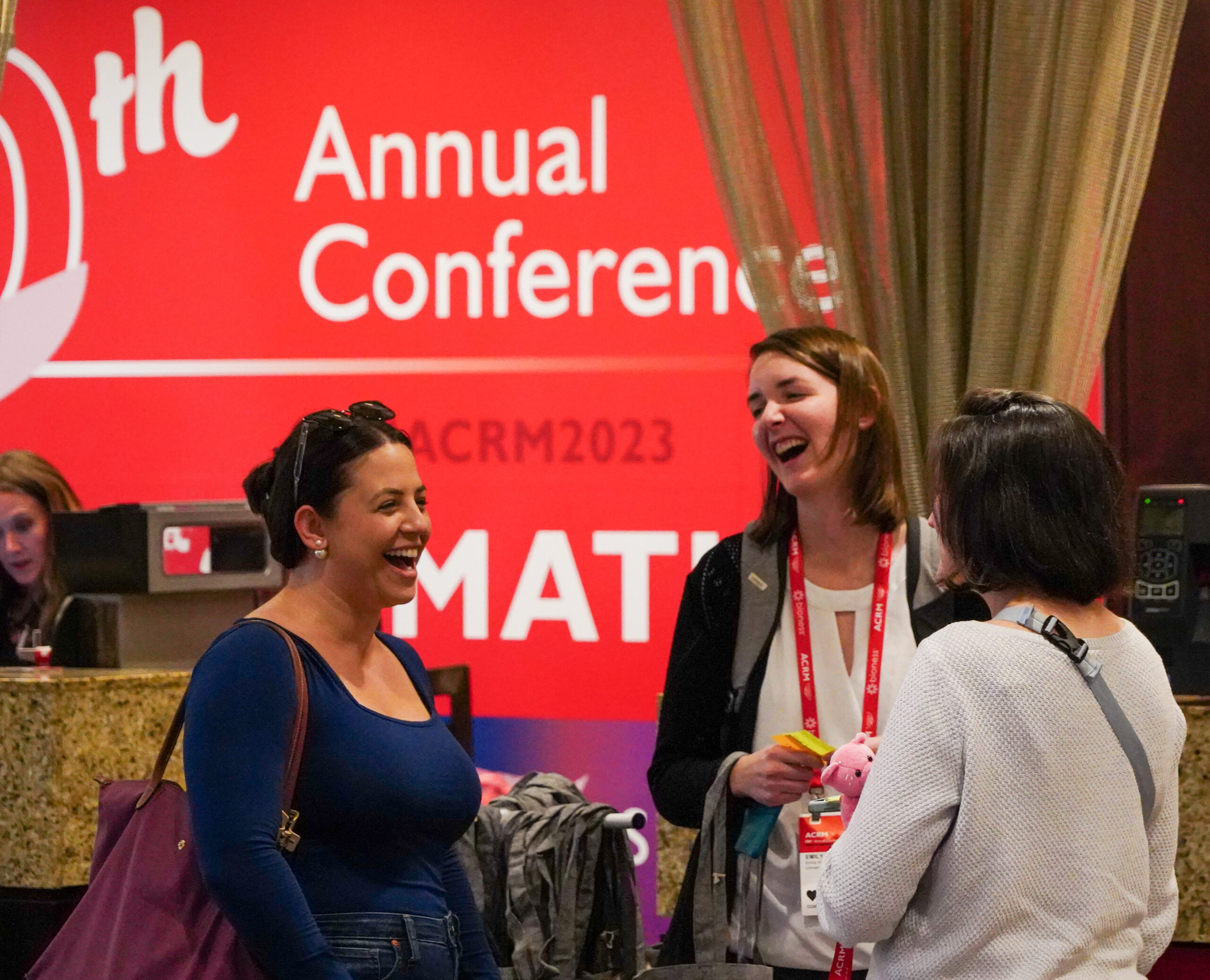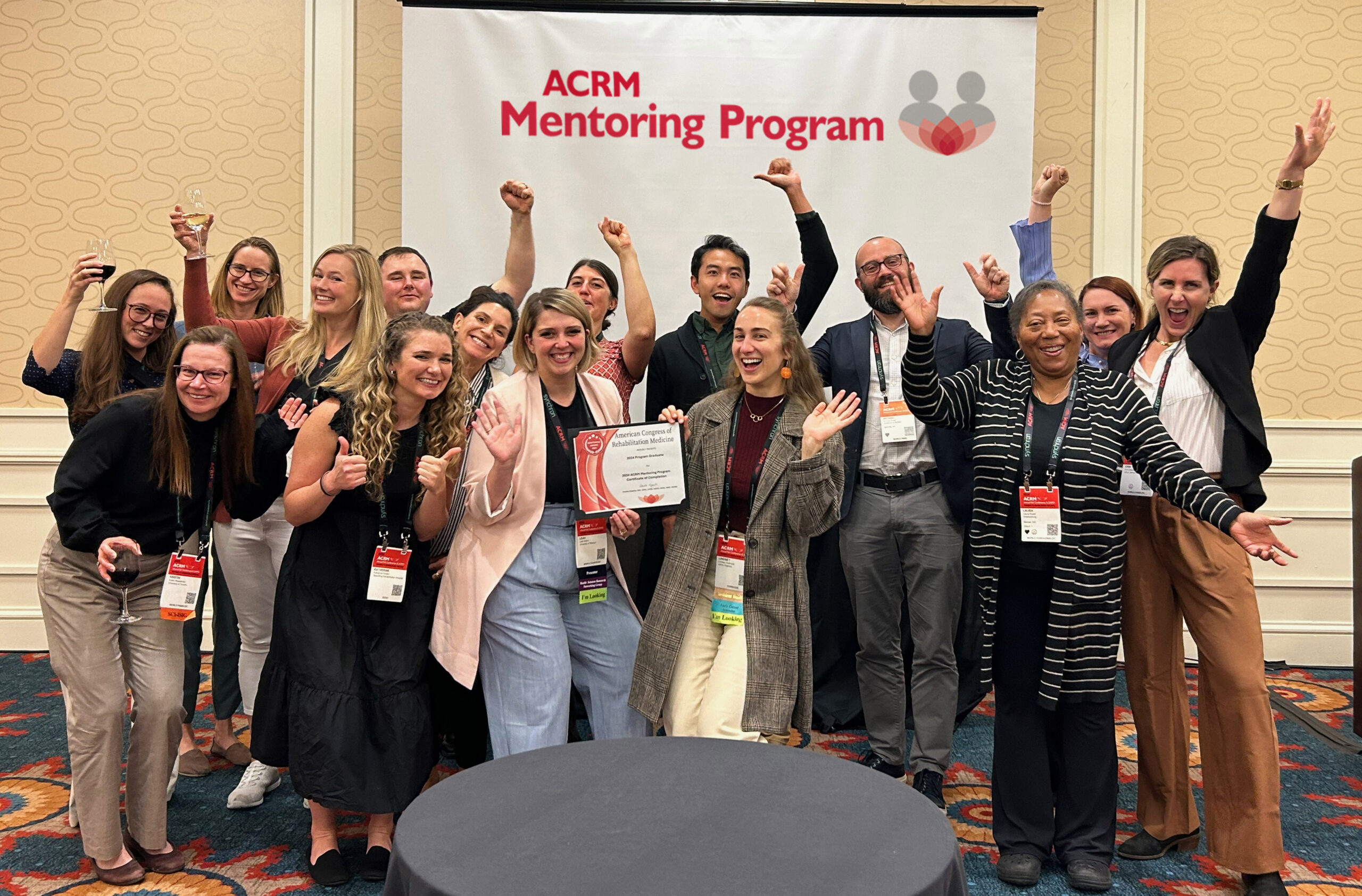Every year, about 2.8 million people are diagnosed with a traumatic brain injury (TMI) in the United States. A large chunk of this figure ends up getting chronic problems. Brain injury rehabilitation is a designed set of medical interventions to help a child, adult, or older person to be independent and lead their life with meaningful life roles. It improves the regular functioning of the mind supporting the patients to overcome difficulties.
However, the medical networking centers face the enhancement of accessibility as a challenge. The American Congress of Rehabilitation Medicine is here with the ways cognitive rehabilitation can be made accessible to all.
Improve the Overall Quality of Services
The patients at rehabilitation healthcare are often at the risk of becoming pawns to cultural, geographical, or financial differences. To overcome these challenges, train the rehabilitation physicians via a multidisciplinary approach. Invite local health care professionals to develop trust and better understanding. Also, improve the technology system by equipping the centers with the necessary machines. Promoting evidence-based practice and practice-based research sets an example of an exceptional approach towards the healthcare system.
Eliminate Disparities in Healthcare
It’s not hidden that people with disabilities have to face several disparities in the process of seeking healthcare. To begin with, American adults are less likely to seek healthcare for their brain injury because of the higher cost in comparison to their peers without disabilities. Moreover, those who live in rural areas rarely get the advantage of access to expert rehabilitation physicians who can understand their brain injury at the beginning stage. By being aware of these challenges, you can make changes in design, training, and policy and eliminate the problems.
Work on the Barriers
You need to ensure that brain injury patients do not consistently have to deal with barriers to getting treatment. The barriers can be physical, attitudinal, or financial. Patients often feel that physicians talk to them in a patronizing way. In the case of invisible brain injuries, the symptoms of patients are downplayed. They also face trouble in getting access to private health insurance. Financial capacity affects the affordability factor since treatment is sometimes only partially covered by insurance. Understand these barriers and take relevant actions to promote full access to rehabilitation services to brain injury patients.
To let people with brain injuries or disabilities reintegrate into society, you must take initiative along with your peers that encourage social, educational, and professional growth. ACRM, a non-profit association in physical medicine and rehabilitation, aims at expanding its network to improve the lives of individuals with disabilities. Reach out to them if you wish to extend your services as a member, exhibitor, attendee, speaker, consumer, or caregiver.









